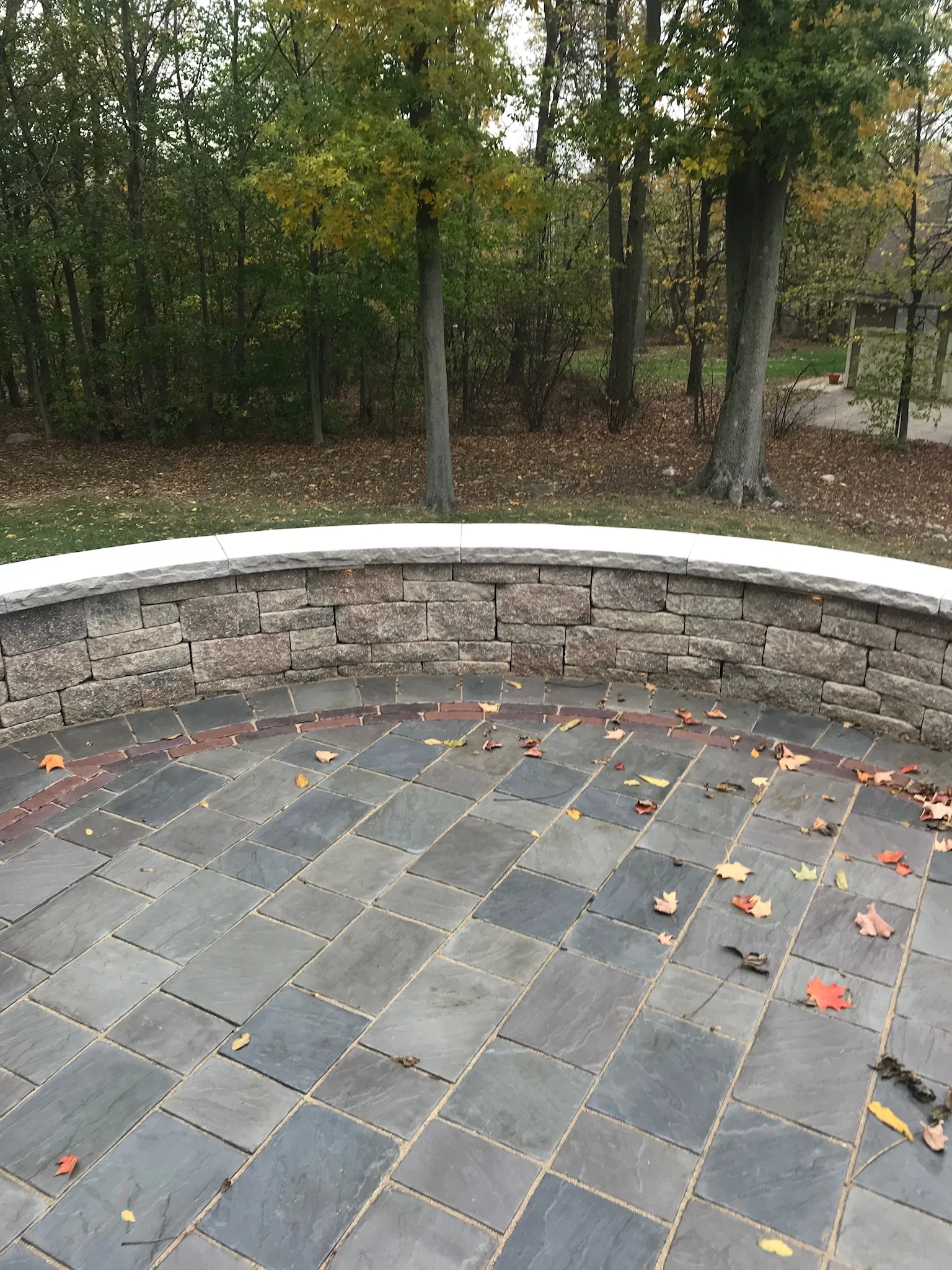Retaining walls were originally designed to hold a vertical face of soil in place and prevent it from slumping to form a more natural slope in order to aid agriculture. While they are still used to achieve this, they can also be used to raise plant beds and living spaces, adding further dimension to flat landscapes. They can also function as seat walls and handy surfaces upon which to place snacks and drinks. These show-stopping verticals can also add a great deal to the overall aesthetic of your landscape, depending on their layout and material selection. Here are a few tips to make the most of curved retaining walls in Hunting Valley, OH.
5 Retaining Wall Designs for Your Sloped Yard in Bainbridge Township, OH
If every time you look at your yard, you are sure that it could look better but an eroded slope ruins the view, or if you would love to have space to entertain outdoors - even better would be a space with beautiful landscaping and flowers - then a retaining wall system may be the solution for you. Whether your yard is small or quite spacious, a retaining wall can be the perfect solution to problems with slopes and erosion, and can help to carve out additional space from hilly, unused ground.
Natural Stone or Concrete Retaining Wall for Your Novelty, OH, Landscape?
The primary purpose of adding a retaining wall to your Novelty, OH, landscape would likely be to hold back soil. However, a retaining wall has so many other purposes such as adding a vivid touch to a garden and backyard, controlling water drainage, and even serving as a welcoming seating area. No matter the reason, every retaining wall needs to be built from reliable and eye-appealing materials. Most common ones are natural stone and concrete. Here are the factors and features you should consider so that you can decide which type of material would be best suited for your next landscape project.



